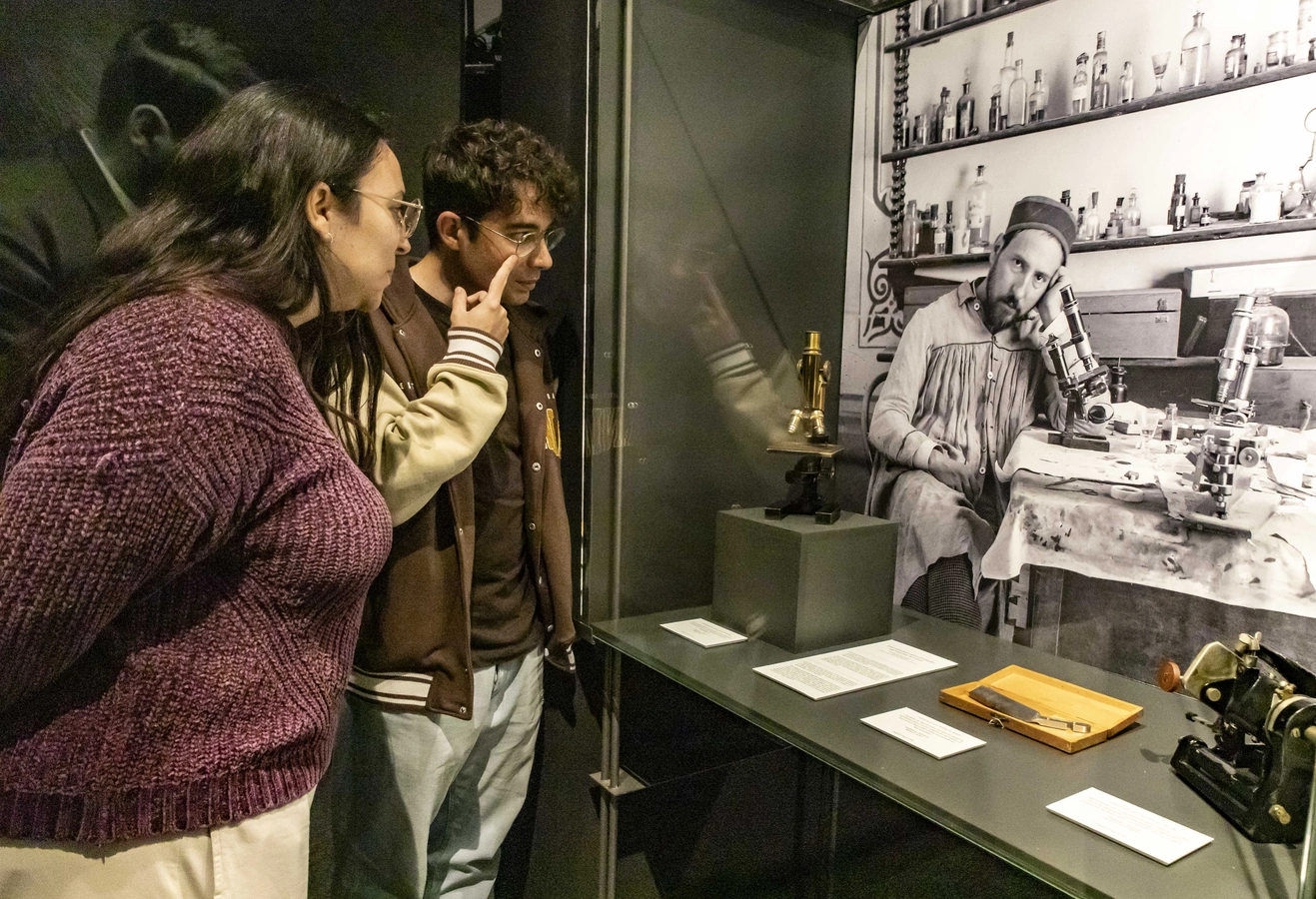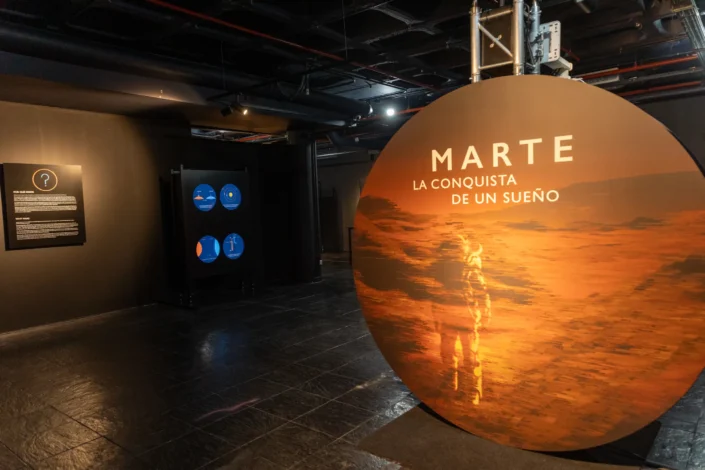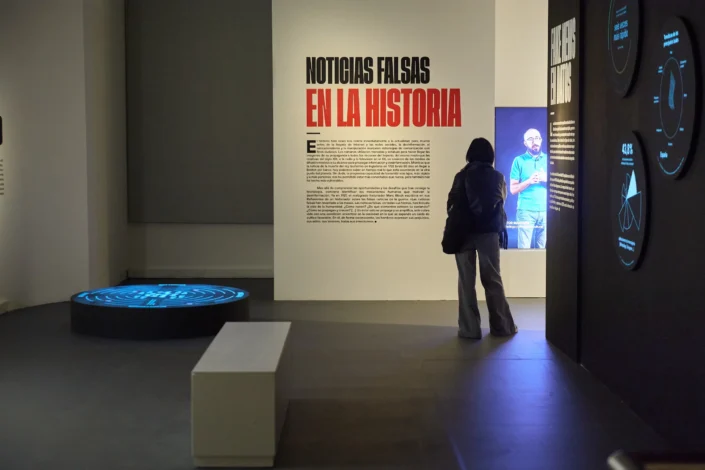Exhibitions
Exhibition
The Sleep of Reason. From the Enlightenment to Artificial Intelligence
Place
Espacio Fundación Telefónica
Date
20 November 2025 - 03 May 2026
A look at how our online practices leave a trace and shape our rights. Drawing on the Charter of Digital Rights (2021), the exhibition explores seven key areas with humour and everyday examples. Framed within the Observatory of Digital Rights and curated by Fundación Telefónica and Domestic Data Streamers, the show encourages reflection and debate around the safe, responsible, critical, and creative use of technology. More information on this link.

Data Violence
Exhibition
The Sleep of Reason. From the Enlightenment to Artificial Intelligence
Place
Espacio Fundación Telefónica
Date
10 October 2025 - 05 April 2026
The exhibition explores the ways in which we have represented reality throughout history—from the use of drawing and engraving as scientific tools to objectively depict the world, to the revolutionary emergence of photography. More information on this link.

Anna Riedler_Myriad (Tulips)_2018
Exhibition
Echoes of the Ocean
Place
Espacio Fundación Telefónica
Date
12 February 2025 - 12 October 2025
The exhibition is a proposal to encourage reflection on people’s responsibility towards the environment. An exhibition that urges us to protect and preserve the balance between human beings, nature and the rest of the species that coexist on the planet. More information on this link.
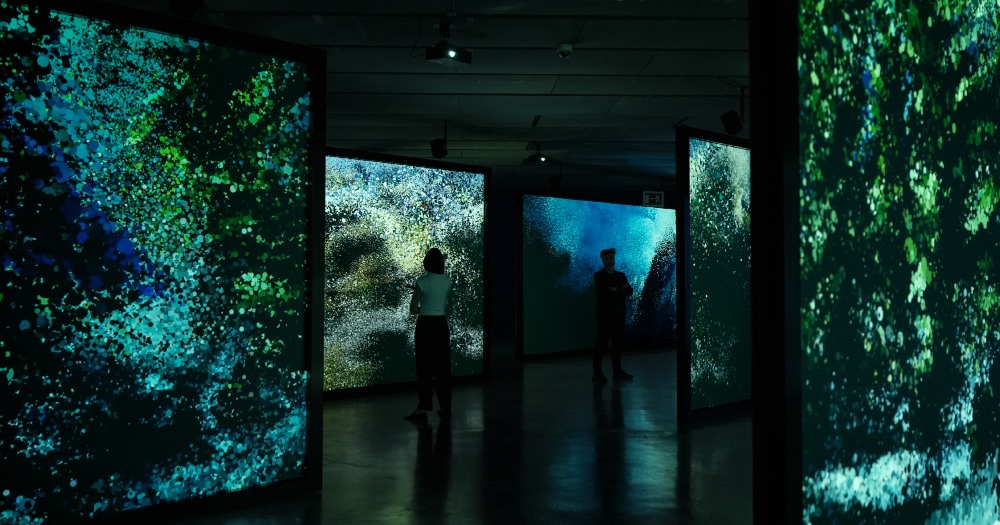
Ecos del Océano
Exhibition
Exponential. From analogical to digital
Place
Espacio Fundación Telefónica
Date
14 October 2024
As part of the Telefónica Centenary, Espacio Fundación Telefónica presents ‘Exponential. From analogue to digital’, a permanent exhibition, which under three concepts: Speak, Live and Imagine, investigates the change of social paradigm derived from the arrival of each new technology and the human stories that surround it.
More information on this link.
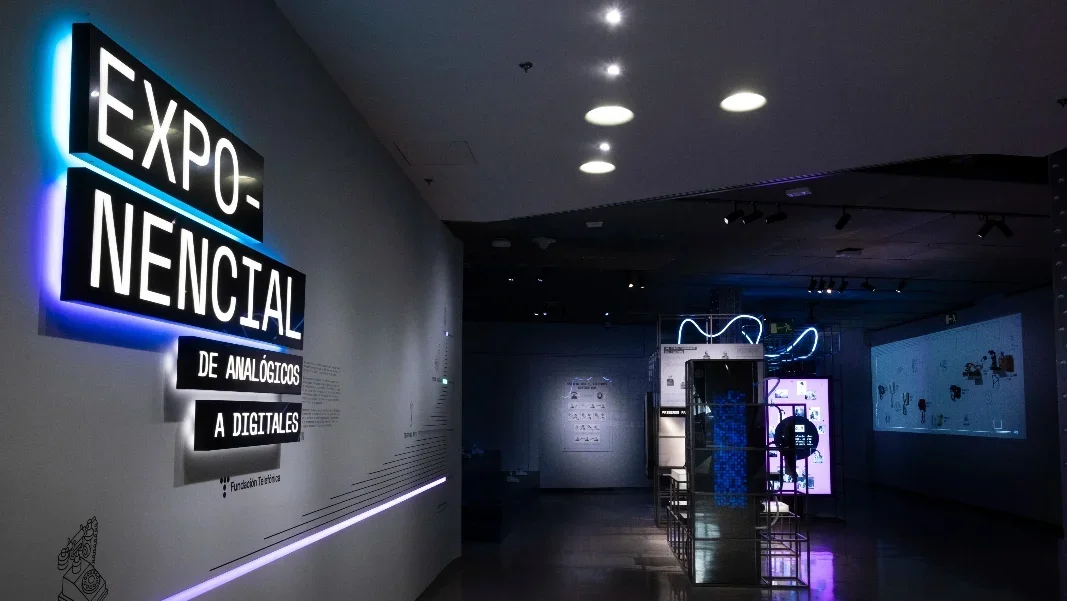
Exponencial. De analógicos a digitales
988k
creations 3.500
photographs 12k
exhibitions 62


